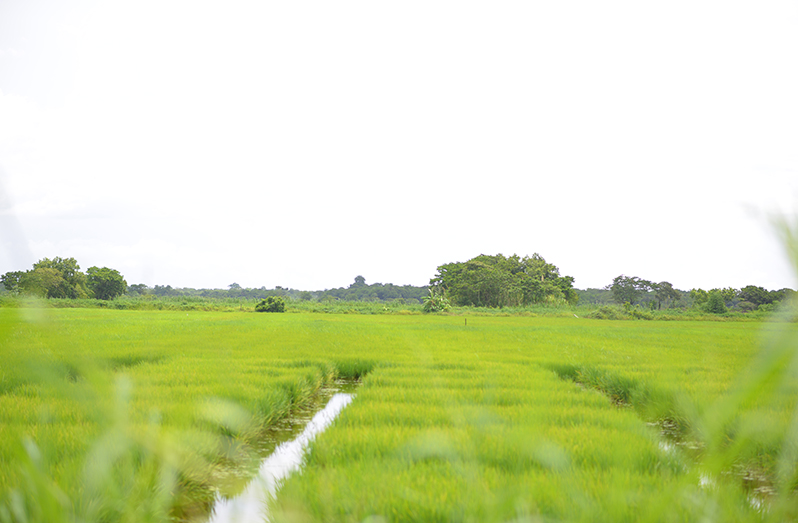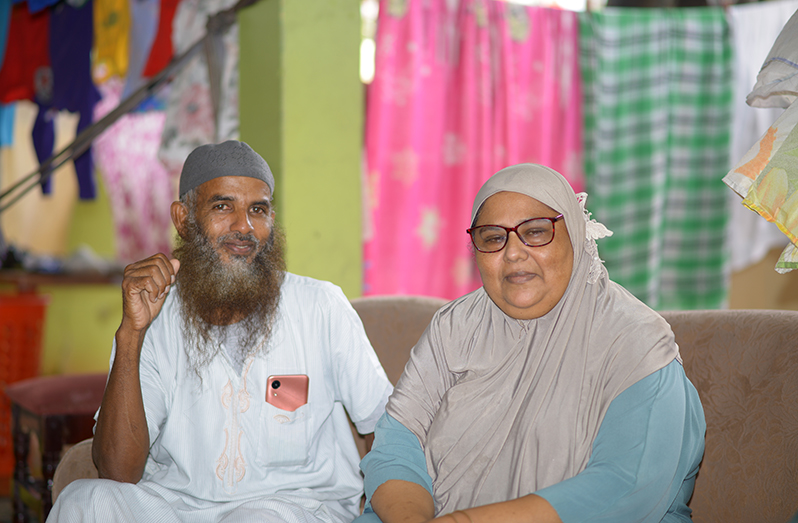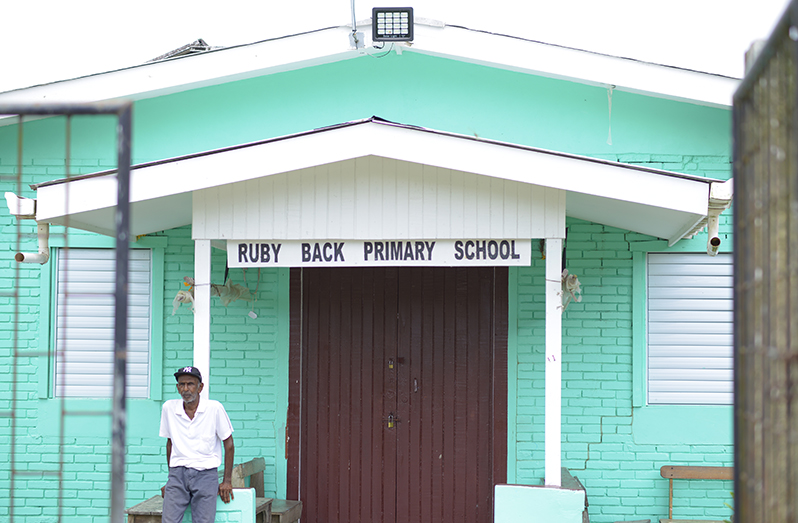A hidden Gem
By Shaniya Harding
Railway and backlands, the village of Ruby is a hidden gem made from two worlds. Located some four and a half kilometres from the port village of Parika. Along the railway embankment, the village of Ruby covers just a small distance along the West Coast in Region Three. But this little village is more than it seems, with a history known by very few.
The common misconception of the village being nothing more than a ‘Back dam’, is a concern highlighted by many of its villagers. Ruby is commonly known as ‘Ruby back dam’, and thus is thought of as being an entire village built solely on farming. This, however, is not the case. As many of Ruby’s residents explained that Ruby has changed a lot. And among the changes is that Ruby is far more than farming.

Perhaps its rich history of farming still plays a role in shaping the conception of Ruby. Today Ruby has a specific area referred to as Ruby Backlands. Outside of the backlands, Ruby is a small stretch of road littered with various houses and small businesses. Coming from the capital city, Good Hope lies just before Ruby and is separated only by a canal stretching more than two miles inland from the public road. Driving into Ruby’s backlands, you are met with a vast scenic view of rice fields on both sides.
Going even further, beyond the fields of rice and cash crops to Ruby’s Backlands or Ruby Back as it is called by residents and locals alike. The majority of the population of Ruby Back are farmers of some kind. Whether cash crops, rice or poultry, most of the people here are involved in some kind of agriculture.

Not to be misled, Ruby Back is fully functioning and can stand alone. The community is equipped with its own school, church, shops and other small businesses. Apart from those who farm to be self-sustainable, there are people who farm on a large scale and farm, to sell and make a living. And judging by the changes the community has seen, it is safe to say they are doing very well.
The Pepperpot Magazine spoke to a family who has deep roots in the village of Ruby. Mohamead Hakim Allie and Shazeeda Karim spoke a bit about their time living in the village, how it has changed and how happy they are to call the gem that is the village of Ruby their home.
Shazeeda, who is married to Mohamead’s cousin, came to live in Ruby almost 30 years ago. “We have lived in Ruby for 28 years. Ruby has changed a lot. In the early years, people didn’t have things like cars. Everyone had a bicycle. But now that has changed, Ruby looks very different now. And not everyone is in farming. My husband is in construction,” she explained.

Although he now lives a few villages away in Tuschen, Mohamead has lived in Ruby for a number of years and still makes certain to visit his family members that still reside there. Mohamead still has great admiration for the village he once called home and gave this magazine a little history on the village of Ruby, as he stated, “This is the railway embankment we live on here. Like in many places like Ruby my grandfather was a farmer and he used to occupy a big portion of the railway or line top. They did a lot of gardening and now farming.”
The idea of a train line running along West Coast Road seems like a distant memory to many. But to Mohamead the vision is far more fact than fiction. “This is the railway embankment where we are today. When the train was abandoned because of the fertility of the soil, people began digging up the soil to build their homes. The railway embankment was high and strong and it had to be. But after a while, it became flat. And people began living and farming. And today you have a lot of people in rice farming,” he said.

All throughout history, people have tried and persisted to make a better life for themselves and their families. And families like the one we spoke to are no different. As Mohamead told of what he remembered when the family first decided to settle down in Ruby. “But in time, people begin occupying various big portions. Because it was land for free, so many people came and began farming. So here, where this house is today, was owned by another family. And after Shazeeda and her husband got married, they wanted a plot of land to settle down and they came here in 1995. They came here and erected a little zinc house with a mud floor. But subsequently, they built the home they have now.”
The village of Ruby has stood the test of time and is undoubtedly an interesting village. It has a history rooted in Guyana’s evolution and has changed with the rest of the country. And today seems still with the families and people, new and old, who are all happy to call it home.












